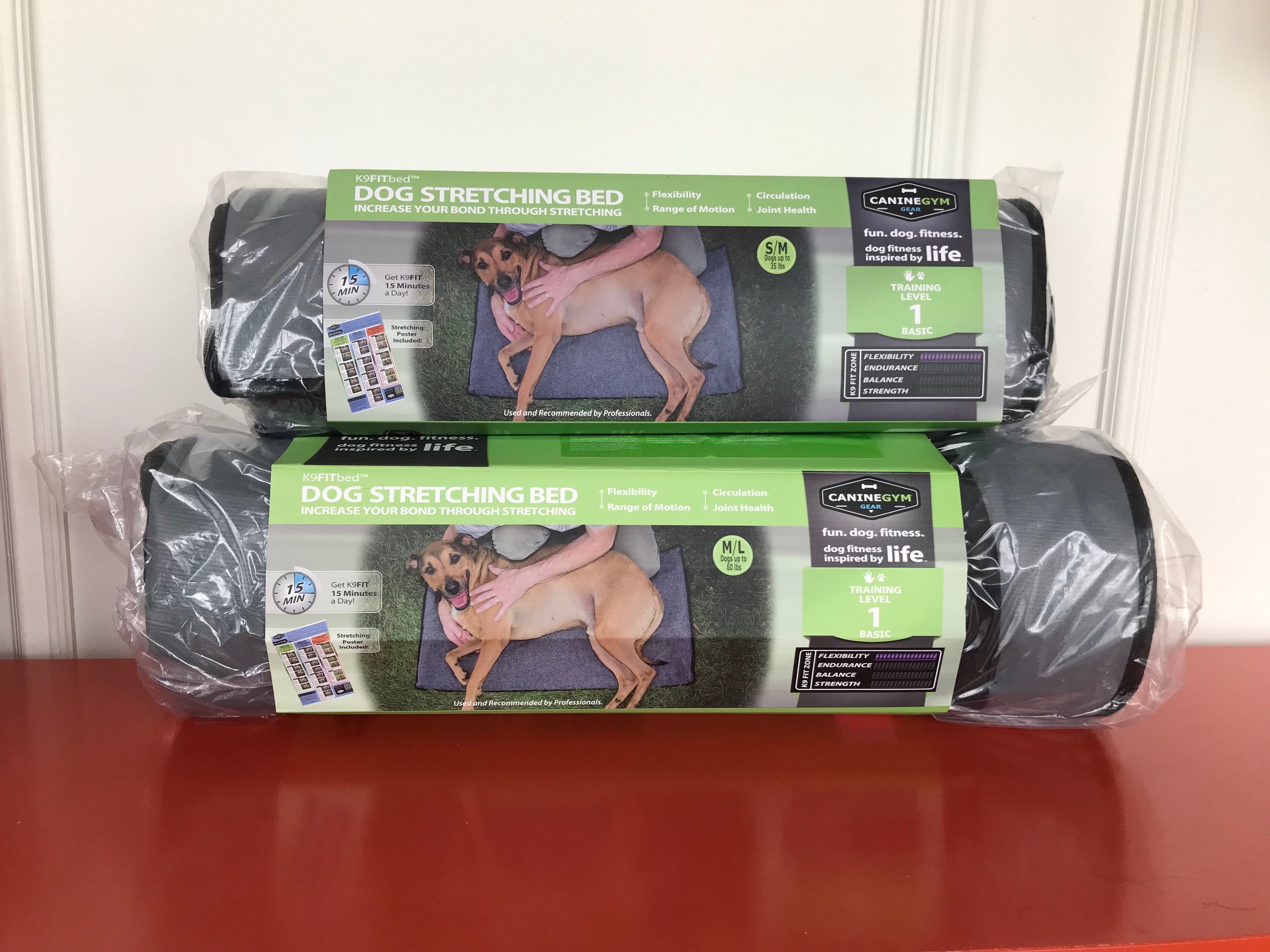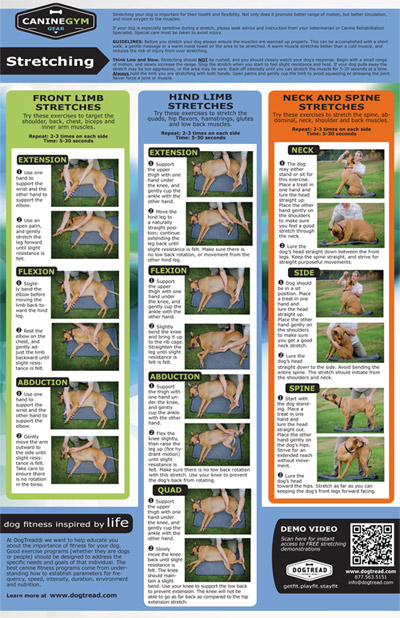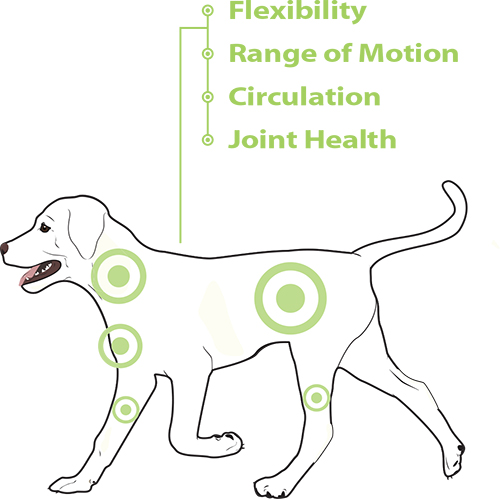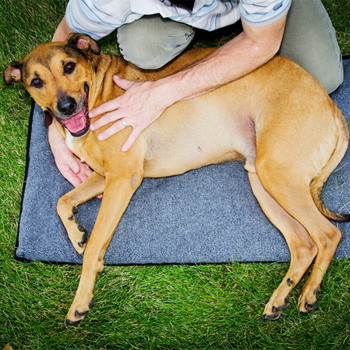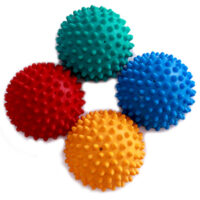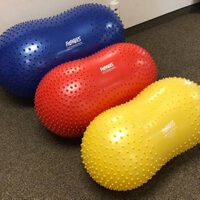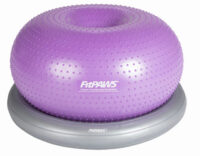Description
Free Stretching Poster
Stretching your dog is important for their health and flexibility. Not only does it promote better range of motion, but it also promotes better circulation and provides more oxygen to the muscles.
GUIDELINES
Before you stretch always ensure the muscles are warmed properly. This can be accomplished with a short walk, a gentle massage or a warm moist towel on the area to be stretched. A warm muscle stretches better than a cold muscle and reduces the risk of injury from over stretching.
Stretching should not be rushed and you should watch closely your dogs response. Begin with small ranges of motion, then progress to a good stretch. Stop the stretch when you start to feel some moderate tension in the tissue and then hold. If your dog pulls away the stretch may be too aggressive, or the area may be sore. Back off intensity until you can stretch the muscle for up to 30 seconds and then repeat 2–3 times.
Always hold the limb you are stretching with both hands. Open palms and a gentle grip are best to avoid squeezing your hands or stressing the joint. Never force a muscle or joint. Think low and slow. If your dog is especially sensitive during a stretch, seek advice and further instruction from your Veterinarian or Canine Rehabilitation Specialist. Special care must be taken to avoid injury.

